-
 bitcoin
bitcoin $111375.742210 USD
-8.60% -
 ethereum
ethereum $3780.311592 USD
-13.98% -
 tether
tether $1.001299 USD
0.07% -
 bnb
bnb $1093.375857 USD
-13.01% -
 xrp
xrp $2.339375 USD
-16.91% -
 solana
solana $185.029017 USD
-16.69% -
 usd-coin
usd-coin $1.000230 USD
0.04% -
 tron
tron $0.319531 USD
-5.16% -
 dogecoin
dogecoin $0.190791 USD
-23.59% -
 cardano
cardano $0.638663 USD
-21.82% -
 ethena-usde
ethena-usde $0.998483 USD
-0.20% -
 hyperliquid
hyperliquid $37.741486 USD
-14.68% -
 chainlink
chainlink $17.229851 USD
-22.17% -
 stellar
stellar $0.316546 USD
-16.74% -
 bitcoin-cash
bitcoin-cash $507.861193 USD
-13.18%
What does FOMO (Fear of Missing Out) and FUD (Fear, Uncertainty, and Doubt) mean?
FOMO drives impulsive crypto buys during hype, while FUD triggers panic sells through fear—both exploit emotions, making disciplined, research-based decisions essential.
Oct 10, 2025 at 02:36 pm
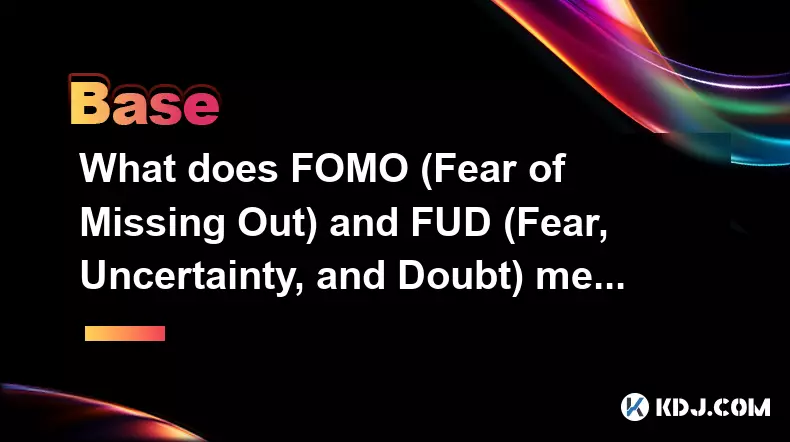
FOMO in the Cryptocurrency Market
1. FOMO, or Fear of Missing Out, is a psychological trigger that drives individuals to act quickly out of concern they might miss a profitable opportunity. In the cryptocurrency space, this often surfaces when prices surge rapidly and social media buzz intensifies. Investors see others making gains and rush to buy without conducting proper research.
2. This emotional response can lead to buying at peak prices, especially during bull runs fueled by hype around new tokens or blockchain projects. The fear of being left behind overrides rational decision-making, causing people to enter positions based on sentiment rather than fundamentals.
3. Social proof plays a major role in amplifying FOMO. When influencers, large traders, or online communities express excitement about a coin, it creates a bandwagon effect. Newcomers feel compelled to join in, believing that widespread enthusiasm must indicate value.
4. Market manipulation often exploits FOMO. Whales or coordinated groups may pump a low-cap token, generating artificial volume and price spikes. Retail investors chasing momentum end up purchasing at inflated levels, only to face losses when the manipulators exit their positions.
5. Recognizing FOMO is crucial for risk management. Traders who understand their emotional impulses can implement strategies like setting predefined entry points, using stop-loss orders, and avoiding impulsive trades driven by trending hashtags or viral posts.
FUD and Its Impact on Investor Behavior
1. FUD stands for Fear, Uncertainty, and Doubt—emotions deliberately spread to destabilize confidence in a cryptocurrency or project. It often appears during market downturns or after negative news such as regulatory crackdowns, exchange failures, or security breaches.
2. Bad actors use FUD to create panic selling. By exaggerating risks or spreading misinformation, they pressure holders into dumping assets at low prices. This enables those spreading FUD to acquire coins cheaply before re-inflating the narrative later.
3. Legitimate concerns can also evolve into FUD when taken out of context. For example, a government proposal to regulate crypto might be framed as an outright ban, triggering mass sell-offs even if the actual policy isn’t finalized or overly restrictive.
4. Projects with weak communication are more vulnerable to FUD. Without transparent updates or community engagement, rumors fill the information vacuum. This allows speculation to grow unchecked, damaging trust and user retention.
5. Developing critical thinking skills helps investors distinguish between valid warnings and baseless FUD. Checking sources, reviewing official statements, and analyzing historical patterns enable better judgment during volatile periods.
The Cycle of Emotion-Driven Trading
1. Markets operate heavily on perception, and crypto is no exception. The interplay between FOMO and FUD forms a recurring cycle where euphoria leads to overbuying, followed by panic-driven sell-offs.
2. During upward trends, positive narratives dominate. Media highlights success stories, adoption milestones, and price records. This reinforces belief in endless growth, encouraging leverage and overexposure to risky assets.
3. Once momentum stalls, minor setbacks are magnified. A single tweet from a prominent figure questioning a project’s viability can spark widespread doubt. What begins as skepticism escalates into full-blown FUD across forums and messaging platforms.
4. Volatility feeds both extremes—rapid price swings amplify emotional responses, making disciplined trading difficult. Many retail participants lack the tools or experience to remain objective when facing steep losses or missed gains.
5. Community dynamics further influence this cycle. Closed groups may reinforce echo chambers, where dissenting views are dismissed and extreme opinions gain traction. This polarization distorts reality and increases susceptibility to manipulation.
Recognizing Manipulative Narratives
1. Disinformation campaigns are common in decentralized ecosystems where accountability is limited. Anonymous accounts or fake profiles may coordinate to push specific agendas, whether to inflate prices or sabotage competitors.
2. Sensational headlines claiming “crypto is dead” or “this coin will hit $100K” serve as red flags. These absolutes rarely reflect nuanced market conditions and are designed to provoke strong reactions.
3. Tracking wallet movements, exchange inflows, and on-chain metrics provides data-backed insights that counter emotional narratives. Tools like blockchain explorers and analytics dashboards help verify claims circulating online.
4. Understanding the incentives behind a message reveals its credibility. If someone profits from your reaction—whether through affiliate links, paid promotions, or personal holdings—their advice may not be neutral.
5. Building a network of trusted, independent analysts reduces reliance on viral content. Engaging with diverse perspectives fosters resilience against both FOMO and FUD.
Common Questions About FOMO and FUD
What are signs that I’m experiencing FOMO?A sudden urge to invest because a coin is “going parabolic,” checking prices obsessively, or feeling regret over not buying earlier are clear indicators. Acting without a plan or ignoring risk factors confirms emotional influence.
How can I verify if news about a crypto project is FUD?Check official channels like the project’s website, verified social media, and documentation. Cross-reference reports with reputable news outlets and analyze on-chain activity. Avoid relying solely on unverified forums or anonymous tips.
Can FUD ever be beneficial?Yes, when it prompts healthy skepticism. Questioning unrealistic promises or investigating potential flaws protects investors from scams and poorly designed systems. The key is separating constructive caution from fear-mongering.
Do experienced traders still fall for FOMO and FUD?Even seasoned professionals are not immune. Emotions affect everyone, though experienced traders often have frameworks—like automated strategies or strict position sizing—to reduce impulsive decisions during turbulent times.
Disclaimer:info@kdj.com
The information provided is not trading advice. kdj.com does not assume any responsibility for any investments made based on the information provided in this article. Cryptocurrencies are highly volatile and it is highly recommended that you invest with caution after thorough research!
If you believe that the content used on this website infringes your copyright, please contact us immediately (info@kdj.com) and we will delete it promptly.
- Bittensor (TAO): Super Bullish Signals Point to Potential 2x Rally
- 2025-10-11 10:25:12
- Silver Price Correction: Navigating the Dip & Identifying Key SEO Keywords
- 2025-10-11 10:25:12
- MoonBull: The Crypto Meme Coin Promising 1000x Gains?
- 2025-10-11 10:30:01
- Crypto Payroll Revolution: Stablecoins, Altcoins, and the Future of Salary Payments
- 2025-10-11 10:30:01
- Decoding Crypto Trends: XRP's Bitcoin Dream, BlockDAG's Rise, and the PayFi Revolution
- 2025-10-11 10:30:01
- Amina Bank & Polygon: Institutional Staking with a Sweet 15% Yield
- 2025-10-11 10:30:15
Related knowledge

What is "EIP-1559" and how did it change Ethereum?
Oct 12,2025 at 03:00am
Understanding EIP-1559 and Its Core Mechanism1. EIP-1559 is a protocol upgrade introduced to the Ethereum blockchain as part of the London hard fork i...
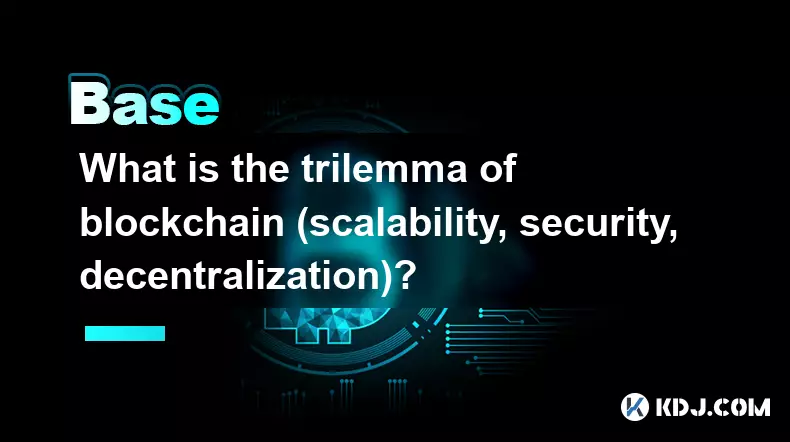
What is the trilemma of blockchain (scalability, security, decentralization)?
Oct 11,2025 at 10:36am
Understanding the Blockchain TrilemmaThe blockchain trilemma is a concept that highlights the inherent challenge in simultaneously achieving three cor...
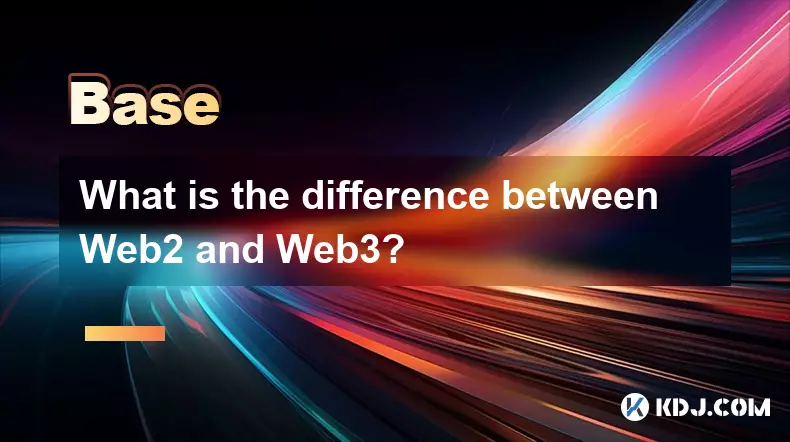
What is the difference between Web2 and Web3?
Oct 11,2025 at 03:19pm
Understanding the Structural Shift from Web2 to Web31. Web2 is characterized by centralized platforms where large corporations control user data, cont...

What is a "node" and what does it do?
Oct 10,2025 at 02:54pm
Understanding the Role of a Node in Blockchain Networks1. A node refers to any computer or device that participates in a blockchain network by maintai...
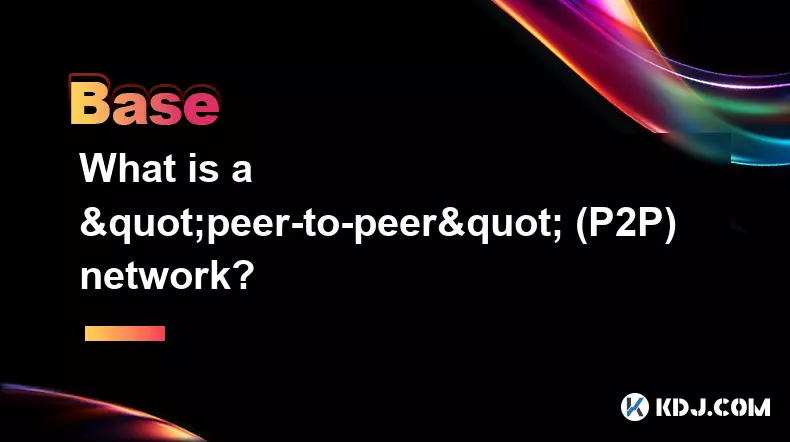
What is a "peer-to-peer" (P2P) network?
Oct 12,2025 at 04:54am
Understanding Peer-to-Peer Networks in the Cryptocurrency EcosystemA peer-to-peer (P2P) network is a decentralized infrastructure where participants, ...
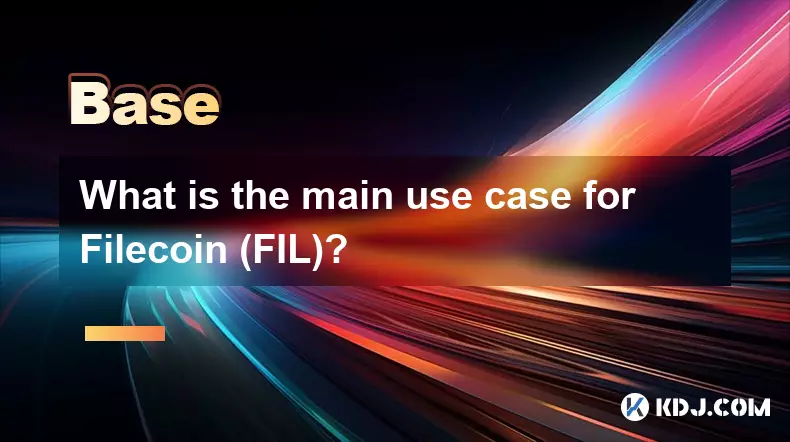
What is the main use case for Filecoin (FIL)?
Oct 12,2025 at 05:18am
Main Use Case of Filecoin (FIL)1. Filecoin is primarily designed to create a decentralized storage network where users can store data securely and eff...

What is "EIP-1559" and how did it change Ethereum?
Oct 12,2025 at 03:00am
Understanding EIP-1559 and Its Core Mechanism1. EIP-1559 is a protocol upgrade introduced to the Ethereum blockchain as part of the London hard fork i...

What is the trilemma of blockchain (scalability, security, decentralization)?
Oct 11,2025 at 10:36am
Understanding the Blockchain TrilemmaThe blockchain trilemma is a concept that highlights the inherent challenge in simultaneously achieving three cor...

What is the difference between Web2 and Web3?
Oct 11,2025 at 03:19pm
Understanding the Structural Shift from Web2 to Web31. Web2 is characterized by centralized platforms where large corporations control user data, cont...

What is a "node" and what does it do?
Oct 10,2025 at 02:54pm
Understanding the Role of a Node in Blockchain Networks1. A node refers to any computer or device that participates in a blockchain network by maintai...

What is a "peer-to-peer" (P2P) network?
Oct 12,2025 at 04:54am
Understanding Peer-to-Peer Networks in the Cryptocurrency EcosystemA peer-to-peer (P2P) network is a decentralized infrastructure where participants, ...

What is the main use case for Filecoin (FIL)?
Oct 12,2025 at 05:18am
Main Use Case of Filecoin (FIL)1. Filecoin is primarily designed to create a decentralized storage network where users can store data securely and eff...
See all articles










































































